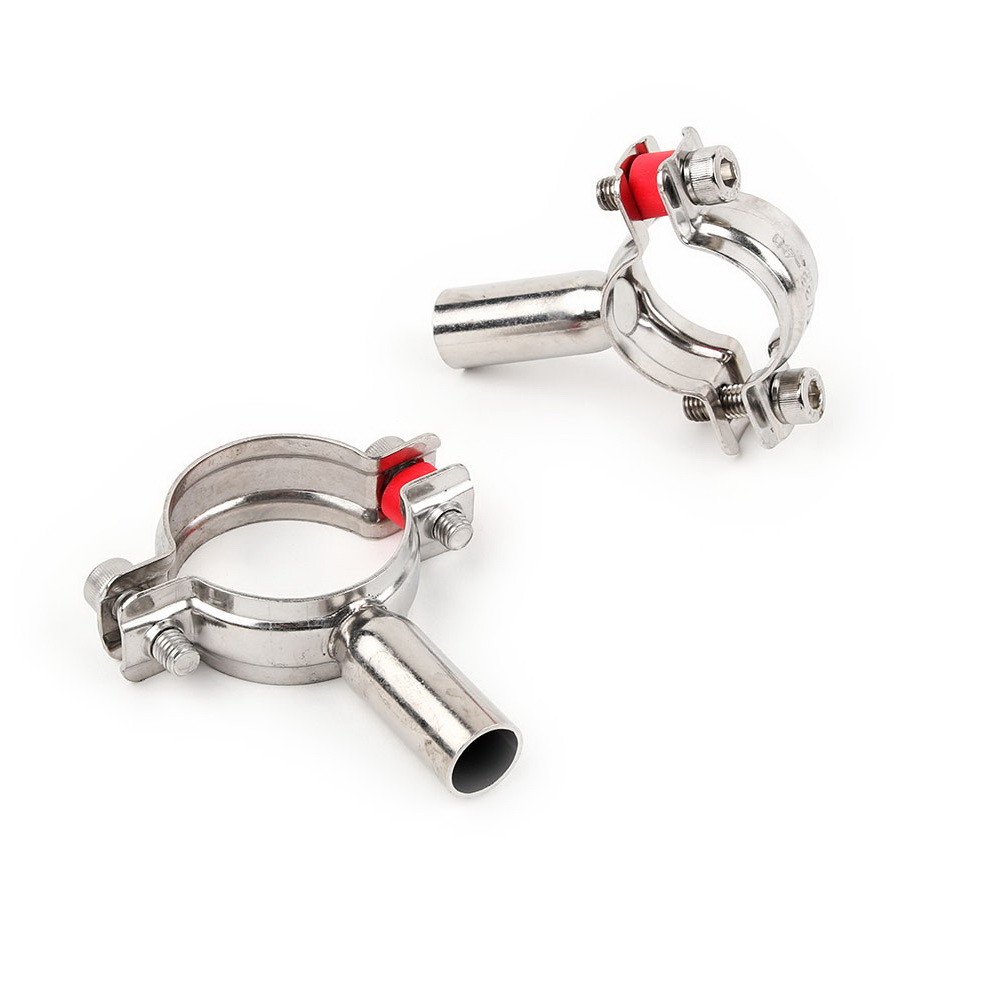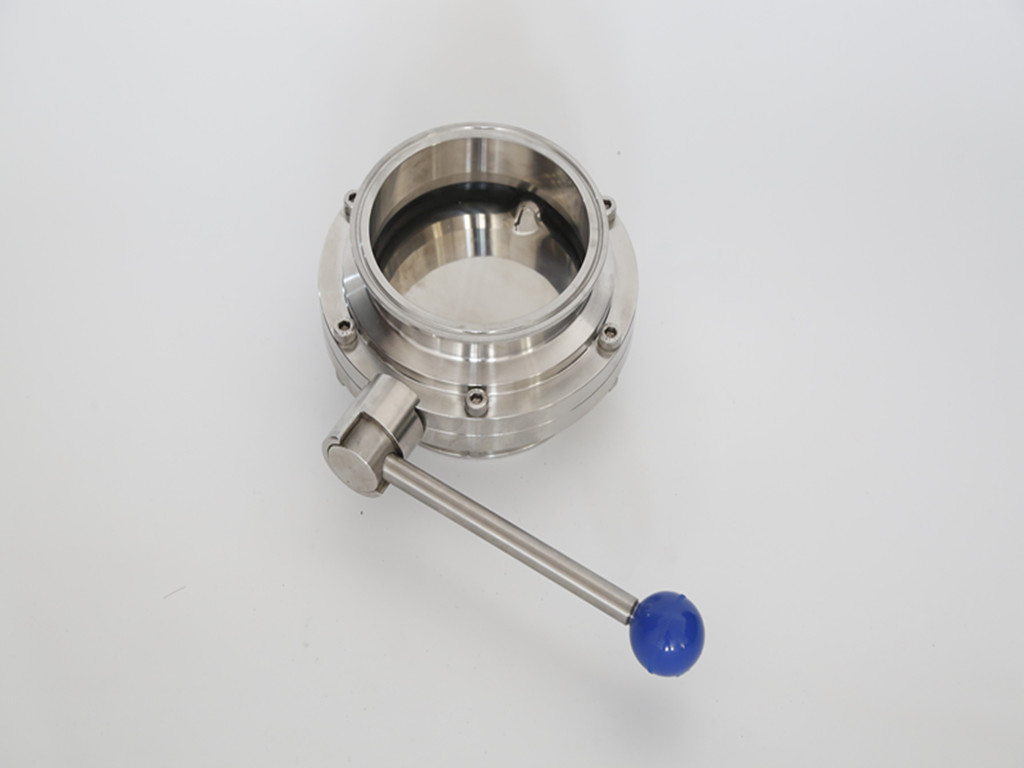1. Precision and Consistency
Automatic welding, driven by programmable robots or mechanized systems, ensures uniform heat input and bead formation, critical for stainless steel’s corrosion resistance. In contrast, manual welding relies on operator skill, leading to variations in penetration and bead geometry. For example, in chemical processing plants, automatic GTAW (Gas Tungsten Arc Welding) produces repeatable joints with minimal heat-affected zones (HAZ), reducing the risk of intergranular corrosion—a common issue with inconsistent manual welding.
2. Efficiency and Productivity
Automatic systems operate continuously with faster travel speeds, boosting output by 30–50% compared to manual methods. In large-scale projects like oil refineries or LNG pipelines, automated orbital welding machines complete 12–15 inch-diameter pipe joints in 10–15 minutes, while manual welding takes 30–45 minutes per joint. This efficiency reduces project timelines and labor costs, especially for high-volume production.
3. Labor Dependence and Safety
Manual welding demands highly trained technicians with expertise in handling stainless steel’s sensitivity to heat and contamination. Automatic welding minimizes human error and lowers reliance on skilled labor, addressing workforce shortages in industries like shipbuilding. Additionally, automated setups reduce operator exposure to arc radiation, fumes, and ergonomic strain, enhancing workplace safety.
4. Application Flexibility
While manual welding excels in complex, small-batch tasks (e.g., custom fittings or on-site repairs in tight spaces), automatic welding dominates high-precision, large-scale applications. For instance, pharmaceutical facilities use automated systems for sanitary pipe welding to meet strict FDA standards, ensuring welds free of pits or crevices that could harbor bacteria.
In summary, automatic welding offers superior precision, efficiency, and safety for stainless steel pipe fabrication, making it ideal for critical, high-volume industries. Manual welding remains valuable for flexibility and niche tasks but struggles to match the consistency and productivity of automated solutions in modern manufacturing.




